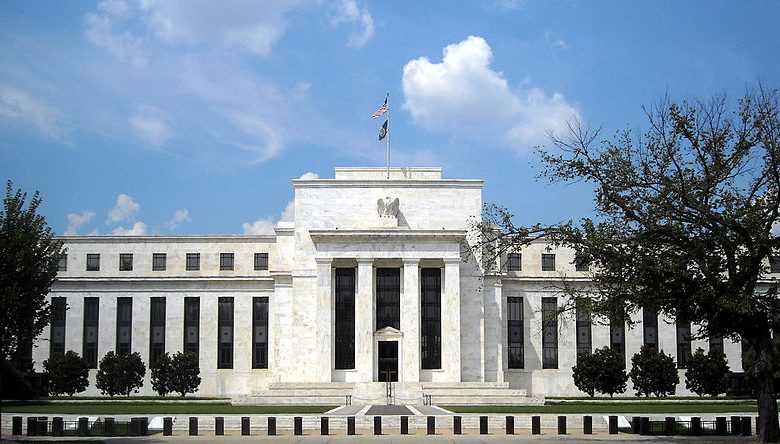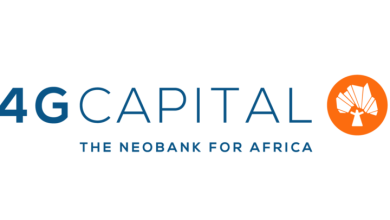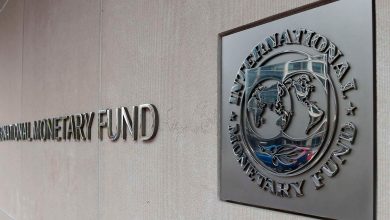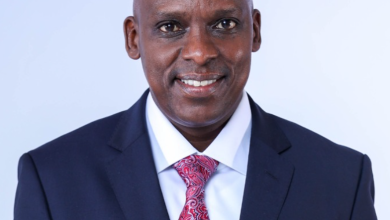US Inflation Slows to 3-Year Low in August Ahead of Fed Meeting

Inflation in the United States (US) softened in August, raising hopes of a gradual rate cut of 25 basis points during the US Federal Reserve next meeting on September 18th, according to a poll by Reuters.
According to the latest data released on Wednesday, annual inflation slowed down to 2.5 percent in August – below expectations.On a monthly basis, core inflation rose 0.3 percent driven by stubborn shelter costs, as well as an uptick in airfares and overall services prices.The core inflation which excludes food and energy prices similarly increased to 3.2 percent – slightly higher than expected.“The time has come,” the Fed‘s Board Chair, Jerome Powell, said in August, acknowledging that inflation was now on a “sustainable” path back to normal levels signaling it was preparing to cut rates at its meeting next week.
The markets are however pricing a 25 basis points reduction lower than the expected 50 basis points cut expected a month ago.
The DXY Index, which tracks the strength of the dollar against a basket of major currencies, traded firmly above the 101 mark, hovering around its 3 week high, opening Thursday at 101.78.
On the political front, the presidential debate raised chances for a Kamala Harris victory, pressuring the dollar which has been supported by expectations of more tariffs and increased fiscal spending under a potential Trump presidency.
Oil edges slightly higher on Supply Setbacks
Oil prices rose on Thursday above the US$68 per barrel mark on concerns spurred by Hurricane Francine, which caused producers to shut a fourth of their operations in the region that produces around 15-17 percent of total U.S. output.
However, oil prices are still under pressure and set to maintain bearish sentiments despite the geopolitical tensions and the hurricane on the back of weaker demand as producers continue to pump volumes that exceed global demand.
On Tuesday, oil prices edged lower to levels last seen in December 2021 after OPEC lowered its demand expectations for a second time in two months.
OPEC expects demand to grow by 2 million barrels per day (bpd) in 2024 – 80,000bpd lower than the previous forecast and 1.7 million barrels per day in 2025 – 40,000 lower than originally anticipated.
The lowered demand expectations stem from softening demand from the world’s largest crude importer, China. China has experienced a surge in electric vehicle use with crude oil imports declining by about 3 percent in 2024.
“Looking ahead, China’s economic growth is expected to remain well supported,” OPEC noted in the Tuesday report.
“However, headwinds in the real estate sector and the increasing penetration of LNG trucks and electric vehicles are likely to weigh on diesel and gasoline demand going forward,” they added.
On Thursday last week, OPEC+ resolved to delay supply cuts which were anticipated for October 2024. The prospective return of Libyan exports after heightened political mayhem, increased supply, continued weak demand from China and the softened economic outlook collectively weighed in on the overall market sentiment.
Brent crude, an international benchmark, has seen price fluctuations for the better part of 2024, declining 5.1 percent since the beginning of the year. However, owing to the looming supply disruptions by the hurricane, Brent has edged higher, crossing the US$70.00 per barrel on Thursday.
The supply outweighing demand points to looming supply overhang – oil has not been sold when it was expected to be sold.
Kenya’s supplier UAE Murban has seen a 4.8 percent decline since the beginning of 2024, trailing above the US$70.00 per barrel on Thursday.
In Kenya, fuel prices have been consecutively falling, however, at a slower pace than the jumps experienced in 2023. This is mainly attributable to the gaining shilling against the dollar which determines the landed costs of fuel which is US Dollar denominated. However, the falling global prices have offered relief to local pump prices although watered down by the high taxes imposed on the same.
The Energy & Petroleum Regulatory Authority (EPRA) is expected to release new prices of petrol, diesel and kerosene on 14th September with Kenyans hoping for substantial reductions.
European Central Bank anticipated rate cuts
The European Central Bank (ECB) cut interest rates by a quarter percentage point to 3.5%, a move that marks the first cut since June which followed a pause in July.
ECB’s rate is currently at 3.75 percent with inflation rate edging closer to the 2.0 percent central bank target at 2.2 percent in August.
In the June post-policy meeting press conference, ECB President Christine Lagarde said that “we are determined not to have a predetermined rate path. The September decision is wide open.”
“If anything, a change in President Christine Lagarde’s usual wording can trigger action across financial markets,” noted a research note.
Gold Prices Steady amid US Inflation Data
Gold remained steady above the US$2500 mark as markets continued to assess latest data from the US, which raised bets for lower rate cuts by the Fed in the next week’s meeting.
In 2024, the precious metal appreciated 22.9 percent, making it one of the best performing global assets so far supported by large banks. According to the World Gold Council’s Q2 2024 report Gold Demand Trends, global gold demand increased 4 percent year-on-year with financial institutions and Central banks increasing their global holdings by 183 metric tons.
Lower interest rates widely benefit gold, pushing it higher because it appears more attractive to investors relative to other assets such as treasuries. Gold is also used to hedge against economic and geopolitical uncertainties.



